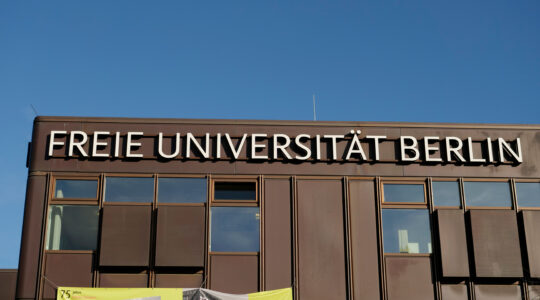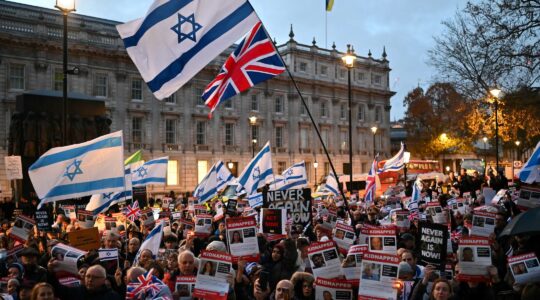(JTA) — The pattern that emerges from the deadly shooting at Brussels’ Jewish museum matches the one observed during the 2012 killings in Toulouse and Montauban, a Brussels-based expert on terrorism said.
Claude Moniquet, a former agent of the France’s DSGE spy agency, told JTA that Saturday’s slaying of three people in Brussels “is reminiscent of Toulouse and Montauban killings and resembles other similar attacks, including by Islamists.”
In 2012, Mohammed Merah, a 23-year-old French Islamist, killed four Jews at a Jewish school in Toulouse several days after he killed three soldiers in the suburb of Montauban. French authorities believe Merah, who was killed at a shoot out with police, was aided by his brother Abdelkader Merah and possibly a few other accomplices.
On Saturday afternoon, two individuals pulled up in an Audi car in front of Brussels’ Jewish museum. One man entered the building and killed three people, two women and a man, and critically wounded a fourth person, according to the Belgian League Against Anti-Semitism, or LBCA. The victims’ identities has not yet been made known. Police arrested a person they believed may have been a culprit, but released no further information on the suspect or the second person.
The news site HLN.be reported on Saturday night that police no longer regard the person they detained as a suspect and were hunting for the culprits.
Unlike many Jewish institutions in Brussels, the Jewish Museum of Belgium is not under constant police protection, according to Baron Julien Klener, President of Belgium’s Consistoire, the organization responsible for religious services.
“The characteristics of this attack mean it was planned for some time, a few days at the least,” said Moniquet, who heads the European Strategic Intelligence and Security Center, a Brussels-based think tank. “This is evident from the fact that the perpetrators selected one of the only Jewish institutions that are not protected,” he added.
Carrying out an attack like the one at the museum “does not necessarily require a large network — a cell of two perpetrators with assistance from another five or six. The small dimensions of this cell make it harder to detect,” Moniquet added.
Belgium’s interior minister, Joelle Milquet, told media at a press conference in Brussels that “maximum security has been deployed around places frequented by the Jewish community,“ adding there was no concrete threat in Belgium or on Belgium’s federal elections, which are scheduled to be held on Sunday.
But Moniquet said the decision to elevate security was “necessary because the perpetrators presumably knew they were on a now-way-out operation. They are working under the assumption that they will be caught within days, and therefore have a motivation to maximize the attack by striking again if capable.”
JTA has documented Jewish history in real-time for over a century. Keep our journalism strong by joining us in supporting independent, award-winning reporting.





